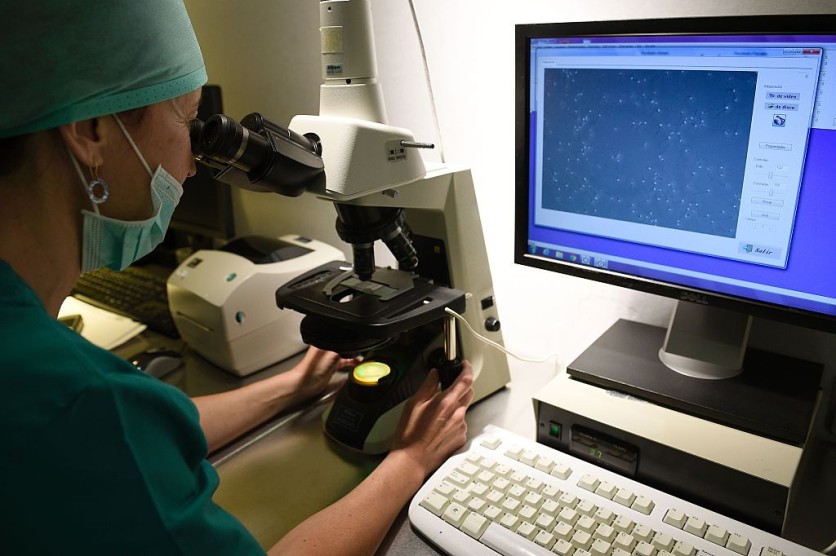Researchers have uncovered the secret of human sperm propulsion through dense fluids, revealing an unconventional motion that appears to defy Newton's third law. In their study, the team analyzed both human sperm and green algae, particularly the Chlamydomonas, known for their thin and flexible flagella that facilitate movement.

Studying How Sperm Move in Thick Fluids
Scientists at Kyoto University have unraveled the enigma behind the propulsion of human sperm in dense fluids. In a fascinating discovery, Interesting Engineering reported that these minuscule swimmers employ a distinctive motion that defies conventional understanding and appears to challenge Newton's third law of motion.
Kyoto's mathematical scientist Kenta Ishimoto, along with his team, embarked on an exploration of the non-reciprocal interactions demonstrated by sperm and other tiny biological swimmers. Their quest was to fathom how these seemingly delicate cells successfully navigate through substances that should naturally impede their movement.
In complex and chaotic systems, non-reciprocal interactions occur, leading to unique behaviors observed in phenomena such as flocking birds, particles suspended in fluids, and even swimming sperm. These microscopic entities defy conventional physics by demonstrating asymmetric interactions with their environment.
What sets them apart is their ability to generate their own energy, disrupting the equilibrium and challenging the traditional laws of physics, such as Newton's third law.
Ishimoto and his team conducted a comprehensive study that involved examining experimental data associated with human sperm and analyzing the movement of green algae, specifically the Chlamydomonas. These microorganisms utilize thin and flexible flagella extending from their cell bodies, which deform to facilitate their locomotion.
Their observations revealed that these organisms moved with remarkable ease, and their elastic flagella allowed them to propel themselves forward without provoking a reaction from their surroundings.
This was a notable departure from the typical scenario where highly viscous fluids would absorb and dissipate the energy generated by the flagellum, rendering the sperm or single-celled algae immobile.
Addressing the Gap
The research team attributed this successful movement to the unique elasticity of sperm tails and algal flagella, enabling them to navigate through viscous fluids without significant energy loss. However, this elasticity alone did not entirely explain the wave-like motion of the flagella.
To address this gap in understanding, Science Alert reported that the scientists introduced a novel concept known as the "odd elastic modulus." This term was designed to elucidate the internal mechanics of flagella, offering insights into the nonlocal and nonreciprocal interactions within these microstructures.
The implications of this study extend far beyond elucidating the enigmatic locomotion of sperm and algae, opening doors to promising applications across diverse domains.
The insights gained into the realms of odd elasticity and non-reciprocal interactions hold the potential to revolutionize the development of small, self-assembling robots designed to emulate the behaviors of living materials.
Furthermore, the modeling methods harnessed in this investigation provide a deeper comprehension of the fundamental principles governing collective behaviors within intricate systems. This knowledge can be harnessed to advance the fields of robotics, materials science, and bio-inspired design.
The comprehensive findings of this research endeavor have been formally documented in the scientific journal PRX Life, making them accessible to the wider scientific community and fostering opportunities for future exploration and innovation.

ⓒ 2025 TECHTIMES.com All rights reserved. Do not reproduce without permission.




